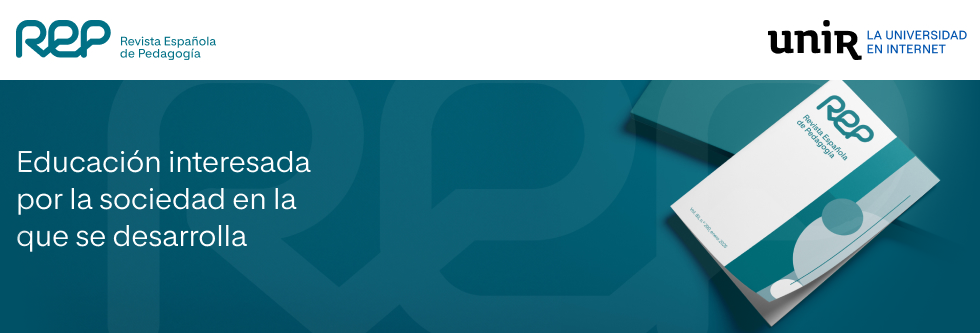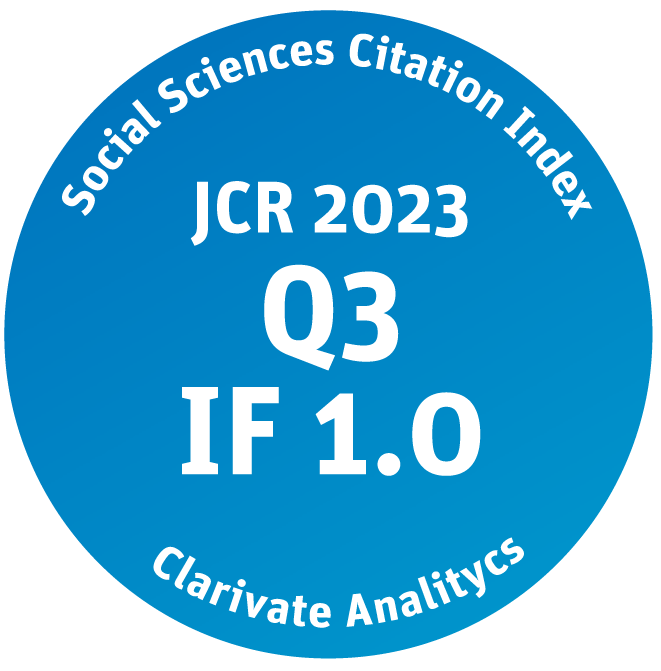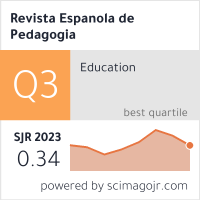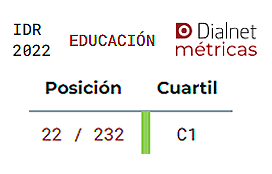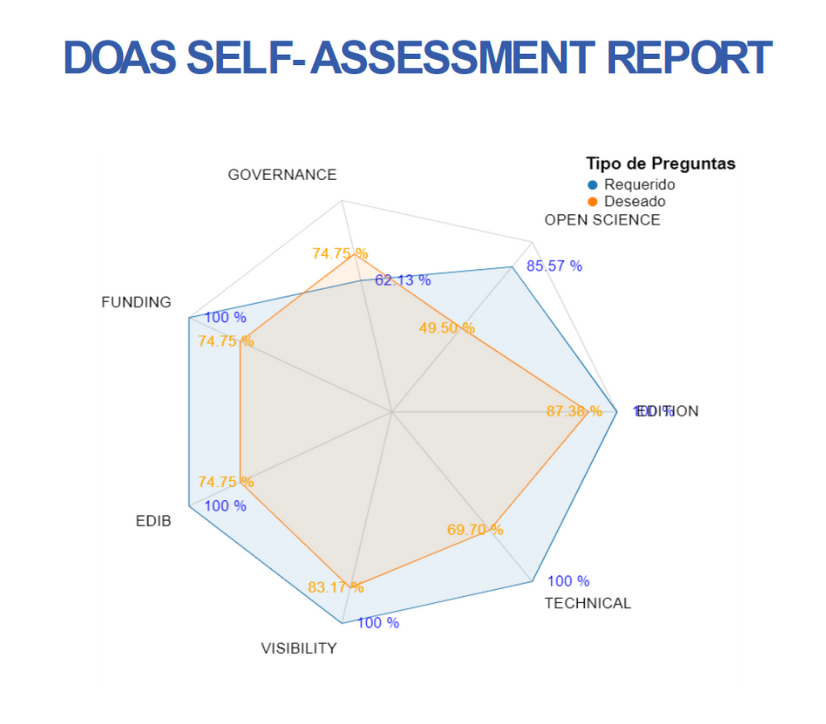Abstract
The aim of this work is to analyse the influence of protective and/or judicial measures on the transit to prison of young women who have been through these situations as minors, starting by identifying risk factors associated with the process. Consequently, it provides new verified benchmarks for intervention with the population of young women in prison. To this end, qualitative and quantitative methods are used with a sample of 599 female inmates from 42 Spanish prisons, to whom 538 surveys and 61 interviews were applied. Three subsamples were selected: protection centres (n = 60); foster care (n = 36), and judicial measures (n = 72). A descriptive and interpretative study was carried out using frequency analysis, contingency tables, independence tests, and measures of association. The results show that 20.3 % of young women in prison have a prior history of institutionalisation in protective measures and 13.4 % with judicial measures. The main risk factors identified are: low educational levels (69.4 % below secondary education), environments with family members or partners in prison (between 48 % and 63.2 %), addictions (drugs and alcohol), either personal or affecting family members (over 60 %), and a significant relationship between young people who experienced judicial measures as minors having made reports of abuse. In the discussion and conclusions, growth in criminal behaviour by young people, especially women, is evident. Regarding the group studied, the low valuation of their time in protection centres and judicial measures by the imprisoned women, the difficulty of their family and affective background, and their worryingly low levels of education are striking. These data support the bases for evaluating the early impact on processes of transit towards prison and the options for socio-educational intervention aimed at reintegration and inclusion.
This is the English version of an article originally printed in Spanish in issue 273 of the revista española de pedagogía. For this reason, the abbreviation EV has been added to the page numbers. Please, cite this article as follows: Añaños-Bedriñana, F. T., Melendro Estefanía, M., & Raya Miranda, R. (2019). Mujeres jóvenes con medidas de protección y judiciales y sus tránsitos hacia la prisión | Young women with protective and judicial measures and their transition towards prison. Revista Española de Pedagogía, 77 (273), 333-350. doi: 10.22550/REP77-2-2019-05
Referencias | References
Abramovitz, M. (2017). Regulating the Lives of Women. Social Welfare Policy from Colonial Times to the Present. London: Routledge.
Almeda, E. (2003). Mujeres encarceladas. Barcelona: Ariel
Almeda, E. (2017). Criminologías feministas, investigación y cárceles de mujeres en España. Papers. Revista de Sociología, 102 (2), 151-181.
Añaños-Bedriñana, F. (2013). Formación educativa previa ante las discriminaciones: las mujeres reclusas en España. Revista de Educación, 360, 91-118.
Añaños-Bedriñana, F. (2017). Definición de los perfiles de adicción y rasgos de consumo en mujeres reclusas. In F. T. Añaños-Bedriñana (Dir.), En prisión. Realidades e intervención socioeducativa y drogodependencias en mujeres (pp. 37-55). Madrid: Narcea, S.A. de Ediciones.
Añaños-Bedriñana, F., Llorente, L., & Chávez, M. (2016). Educación y reinserción de los jóvenes en prisión. RES, 22, 262-277.
Aristizábal, L. M. (2017). Prácticas sociales que promueven el delito y/o el desistimiento en mujeres privadas de la libertad (Doctoral thesis). Retrieved from the legal deposit of documents of the Universitat Autònoma de Barcelona https://ddd.uab.cat/record/187676
Arnoso, A. (2005). Cárcel y trayectorias psicosociales: actores y representaciones sociales. San Sebastían: Alberdania S.L.
Belnap, J. (2006). The gendered nature of risk factors for delinquency. Feminist Criminology, 1 (1), 48-71.
Burman, M. J., Batchelor, S. A., & Brown, J. A. (2001). Researching girls and violence. British Journal of Criminology, 41, 443-459. CGPJ (2008). Conductas antisociales y delictivas de los jóvenes en España. Ciudad Real: Consejo General del Poder Judicial / Centro de Investigación en Criminología, Universidad de Castilla La Mancha.
Chesney-Lind, M., & Pasko, L. (2013). The female offender: girls, woman, a crime. California: SAGE.
Criminal Procedure Law. Official State Gazette of Spain, No. 260, 17 September 1882, pp. 803-806. Retrieved from https://www.boe.es/eli/es/rd/1882/09/14/(1) (Consulted on 27/03/2019).
Cruells, M., & Igareda, N. (2005). MIP: Mujeres, integración y prisión. Barcelona: Aurea Editores.
Constitutional Court, judgments 36/1991, of 14 February, and 60/1995, of 17 March. Official State Gazette, 98, of 25 April, 1995, pages 7 to 15. Retrieved from https://www.boe.es/buscar/doc.php?id=BOE-T-1995-10061 (Consulted on 27/03/2019).
Del Pozo, F. J., & Añaños-Bedriñana, F. (2013). La Educación Social Penitenciaria: ¿De dónde venimos y hacia dónde vamos? Revista Complutense de Educación, 24 (1), 47-68.
Durán, L. M. (2009). Apuntes sobre criminología feminista. Revista Jurídica del Departamento de Derecho, Academia de Derecho Administrativo, Tercera Época, 2 (1). Retrieved from: http://www.derechorevistajuridica.uson.mx/revistas/articulos/1-art03.pdf (Consulted on 02/04/2019).
ESDIP (2016). Encuesta sobre salud y consumo de drogas en internados en instituciones penitenciarias. Madrid: Ministerio de Sanidad, Servicios Sociales e Igualdad. Centro de Publicaciones.
García-Vita, M. M., & Melendro, M. (2013). El ambiente en prisión: La atención recibida por las reclusas y las relaciones intramuros. Pedagogía Social. Revista Interuniversitaria, 22, 43-56.
Gil Cantero, F. (2013). Derechos humanos y reeducación en las prisiones. El derecho a la educación en el modelo “GoodLives”. Revista de Educación, 360, 48-68.
Graña, J., Garrido, V., & González Cieza, L. (2007). Evaluación de las características delictivas de los menores infractores de la Comunidad de Madrid y su influencia en la planificación del tratamiento. Psicología Clínica Legal y Forense, 7,7-18.
Juliano, D. (2010a). La criminalización de las mujeres. Estigmatización de las estrategias femeninas
para no delinquir. In F. T. Añaños (Coord.), Las mujeres en las prisiones. La Educación Social en contextos de riesgo y conflicto (pp. 25-44). Barcelona: Gedisa.
Juliano, D. (2010b). Delito y pecado. La transgresión en femenino. In Encarceladas. Retrieved from http://www.feministas.org/IMG/pdf/dossier_encarceladas_5_.pdf (Consulted on 02/04/2019).
Juvenile Criminal Law, Organic Law 8/2006 of December 4 and Organic Law 8/2012 of December 27, which modified section 4 of article 2 of the LORPM regarding territorial jurisdiction. Official
State Gazette of Spain, No. 290, 5 December 2006, pp. 42700-42712. Retrieved from https://www.boe.es/eli/es/lo/2006/12/04/8 (Consulted on 27/03/2019).
Law 4/2015, of April 27, on the standing of victims of crime. Official State Gazette of Spain, No. 101, 28 April 2015, pp. 36569-36598. Retrieved from https://www.boe.es/eli/es/l/2015/04/27/4 (Consulted on 27/03/2019).
Mapelli, B., Herrera, M., & Sordi, B. (2013). La exclusión de las excluidas. ¿Atiende el sistema penitenciario a la necesidad de género?: una visión andaluza. Estudios Penales y Criminológicos, 33, 59-95.
Martínez, P., Carabaza, R., & Hernández, A. (2008). Factores de riesgo predisponentes a la delincuencia en una población penal femenina. Enseñanza e Investigación en Psicología, 13 (2), 301-318.
Melendro, M. (2010). El tránsito a la vida adulta de los jóvenes en dificultad social. Madrid: UNED.
Ministerio de Sanidad, Servicios Sociales e Igualdad (Ministry of Health, Social Services, and Equality) (2018a). Boletín de datos estadísticos de medidas impuestas a los menores infractores. Boletín núm. 16, Datos 2016. Madrid: Ministerio de Sanidad, Servicios Sociales e Igualdad, Observatorio de la Infancia.
Ministerio de Sanidad, Servicios Sociales e Igualdad (Ministry of Health, Social Services, and Equality) (2018b). Boletín de datos estadísticos de medidas de protección. Boletín núm. 19, Datos Madrid: Ministerio de Sanidad, Servicios Sociales e Igualdad, Observatorio de la Infancia.
Novo-Corti, I., Barreiro-Gen, M., & Espada, B. (2014). Mujeres reclusas y el papel de la educación. Revista Educativa Hekademos, 16, 7. Simon, R., & Ahn-Redding, H. (2005). The crimes women commit: the punishment they received. Oxford: Lexington Books.
SGIP (2011). Población reclusa penada según grado de tratamiento. Retrieved from: http://www.institucionpenitenciaria.es/web/portal/documentos/estadisticas.html?r=m&adm=TES&am=2011&mm=6&tm=GRAD&tm2=GENE (Consulted on 02/04/2019).
SGIP (2018). Estadística penitenciaria. Agosto de 2018. Retrieved from http://www.institucionpenitenciaria.es/web/portal/administracionPenitenciaria/estadisticas.html (Consulted on 02/04/2019).
Smart, C. (1995). Law, crime and sexuality, Essays in Feminism. London: Sage Publications Ltd.
Smart, C. (2013). Women, Crime and Criminology (Routledge Revivals). London: Routledge.
Schulman, D. (2014). Drogas y criminalidad. Archivos de Criminología, Seguridad Privada y Criminalística, 13. Retrieved from https://dialnet.unirioja.es/servlet/articulo?codigo=5030250 (Consulted on 02/04/2019).
Organic Law 10/1995 of November 23. Official State Gazette of Spain, No. 281, 24 November 1995, pp. 33987-34058. Retrieved from https://www.boe.es/eli/es/lo/1995/11/23/10 (Consulted on 27/03/2019).
Organic Law 1/1996 of January 15, on the Legal Protection of Minors amended by Laws 26/2015 of July 28, on the modification of the comprehensive child and adolescent protection system and Organic Law 8/2015 of July 22. Official State Gazette of Spain, No. 175, 23 July 2015, pp.61871-61889. Retrieved from https://www.boe.es/diario_boe/txt.php?id=BOE-A-2015-8222 (Consulted on 27/03/2019).
Organic Law 5/2000 of January 12, regulating the criminal liability of minors (Spanish acronym, LORPM). Official State Gazette of Spain, No. 11, 13 January 2000, pp. 1422-1441. Retrieved from https://www.boe.es/eli/es/lo/2000/01/12/5 (Consulted on 27/03/2019).
Organic Law 2/2010 of March 3, on sexual and reproductive health and voluntary interruption of pregnancy. Official State Gazette of Spain, No. 55, 5 July 2010, pp. 21001-21014. Retrieved from https://www.boe.es/eli/es/lo/2010/03/03/2 (Consulted on 27/03/2019).
Organic Law 5/2010 of June 22, modifying Organic Law 10/1995 of November 23, of the Penal Code. Official State Gazette of Spain, No. 152, 23 June 2010, pp. 54811-54883 97858-97921.
Retrieved from https://www.boe.es/eli/es/lo/2010/06/22/5 (Consulted on 27/03/2019).
Organic Law 3/2011 of January 28, modifying Organic Law 5/1985 of June 19, on the Spanish General Electoral System. Official State Gazette of Spain, No. 25, 29 January 2011, pp. 9504-9523. Retrieved from https://www.boe.es/eli/es/lo/2011/01/28/2 (Consulted on 27/03/2019).
Organic Law 1/2015 of March 30, modifying Organic Law 10/1995 of November 23, of the Penal Code. Official State Gazette of Spain, No. 77, 31 March 2015, pp. 27061-27176. Retrieved from https://www.boe.es/eli/es/lo/2015/03/30/1 (Consulted on 27/03/2019).
Tortosa, J. M. (2009). Feminización de la pobreza y perspectiva de género. RIO, Revista Internacional de Organizaciones, 3, 71-89.
Citación recomendada | Recommended citation
Añaños-Bedriñana, F. T.,
Melendro, M.,
&
Miranda, R. R.
(2019)
.
Young women with protective and judicial measures and their transition towards prison.
Revista Española de Pedagogía, 77(273).
https://www.revistadepedagogia.org/rep/vol77/iss273/10
Licencia Creative Commons | Creative Commons License
Esta obra está bajo una licencia internacional Creative Commons Atribución-NoComercial 4.0.
This work is licensed under a Creative Commons Attribution-NonCommercial 4.0 International License
